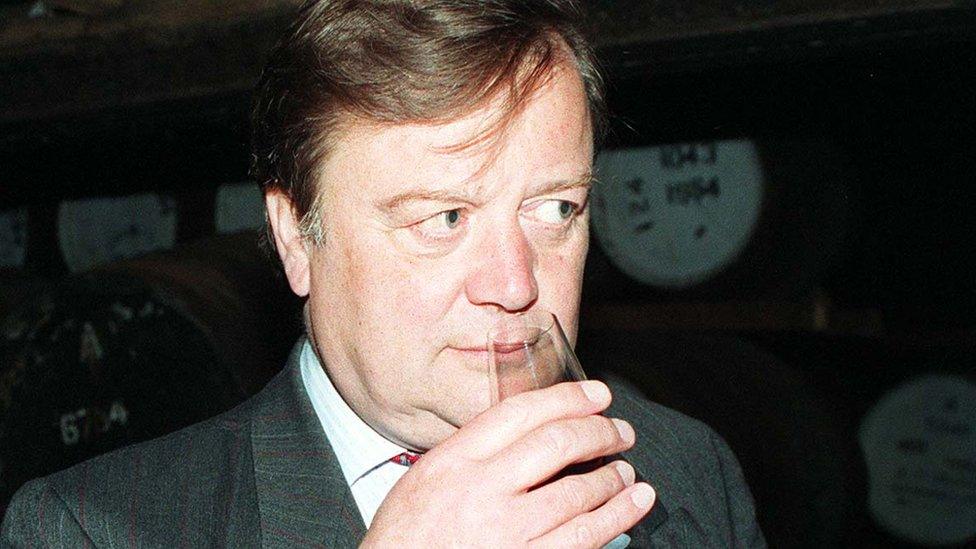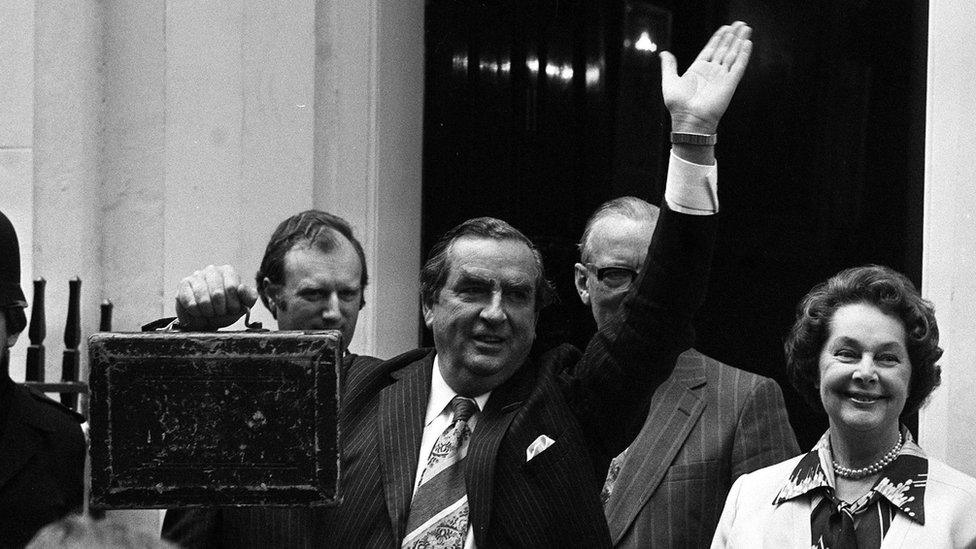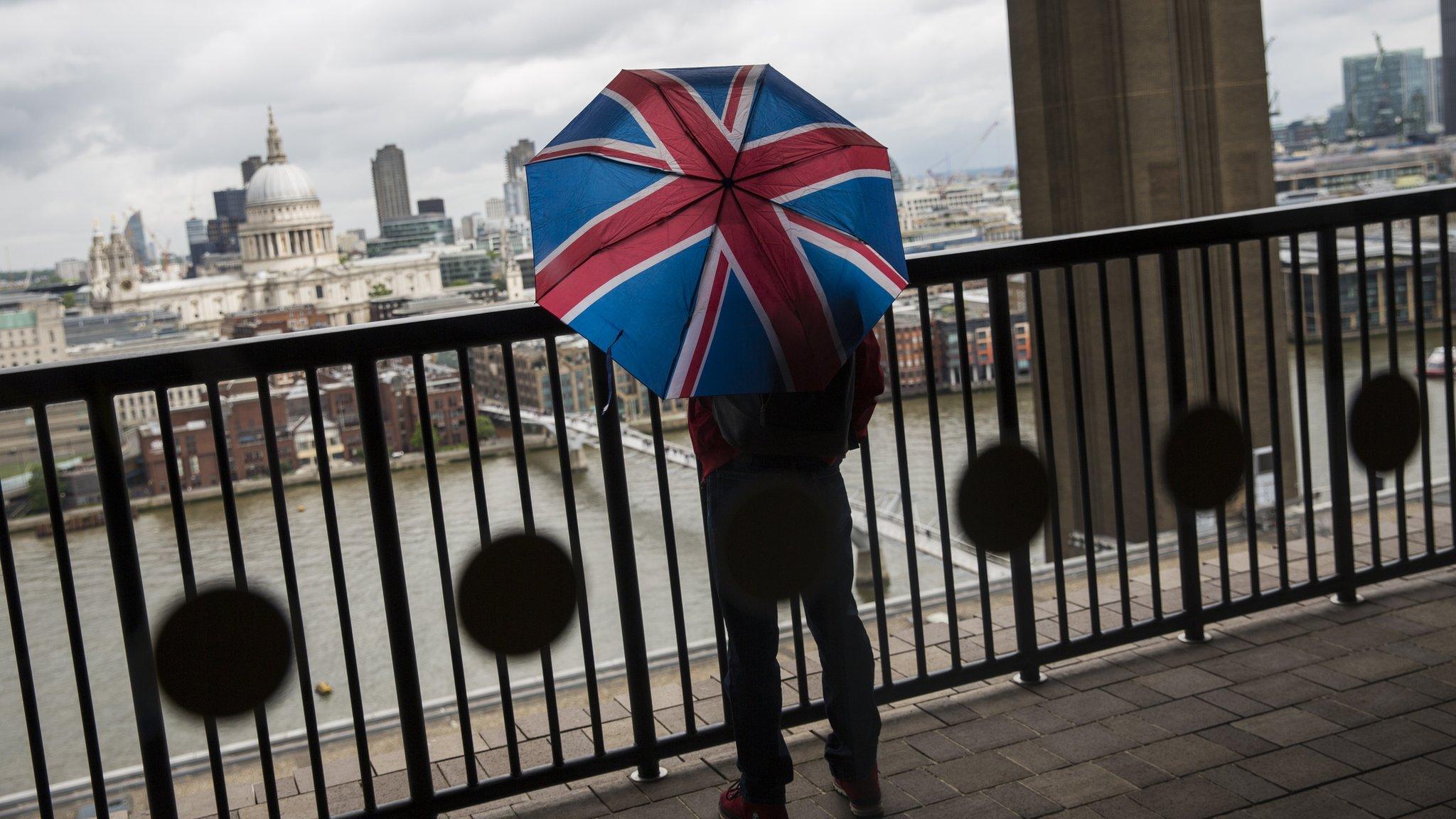Autumn Statement: What is it?
- Published

The Autumn Statement is the second of the two big economic statements made by the government every year - the first being the Budget which happens in the Spring.
This year's Autumn Statement takes place on Wednesday, 23 November at about 12:30 GMT (after Prime Minister's Questions).
What's the point of it?
The Chancellor of the Exchequer, Philip Hammond, will update MPs on the government's taxation and spending plans, based on the updated economic projections provided by the Office for Budget Responsibility (OBR) - a body set up in 2010 to provide independent economic forecasts.
The OBR publishes its estimates for the country's economic growth and the government's finances as soon as the chancellor finishes making his speech.

How is it different from the Budget?

Ken Clarke was the last chancellor to enjoy a tipple at the dispatch box
Good question. Traditionally, the Autumn Statement has outlined economic projections and broad departmental spending allocations, while the Budget largely dealt with taxation plans.
In recent years that distinction has become blurred and some taxation plans are now also announced in the Autumn Statement, but we don't learn fine details, such as duties on alcoholic drinks or cigarettes.
There is one key difference when it comes to refreshment. The chancellor is allowed to enjoy an alcoholic drink during the presentation of the Budget, but not during the Autumn Statement.
However since the 1990s, when Ken Clarke enjoyed a whisky at the dispatch box, chancellors have stuck to mineral water during the Budget.
We'll have to wait until next spring to see if Philip Hammond follows that tradition of restraint.

When was the Autumn Statement first introduced?

Denis Healey delivered the very first version of the Autumn Statement
In 1975 an act of Parliament made it a duty for the government to publish two economic updates a year. The first such forecast was made in 1976, by the then-Chancellor, Denis Healey.
The first reference to an Autumn Statement seems to be in 1982, external, although it was also frequently referred to as the Spending Round.
Under the last Labour government it was called the Pre-Budget Report - George Osborne changed the name back to the Autumn Statement in 2010.

So what is the chancellor going to say?
We won't know for sure until he gets up in front of Parliament at about 12:30 GMT (after Prime Minister's Questions) on Wednesday, 23 November.
Many think he will find extra funds for investment in roads, bridges, railways and other infrastructure projects.
He is also under pressure to find more money for the NHS and social care.
But finding extra cash will be a problem. Forecasts for growth are likely to be lowered from the predictions made in the Budget. That will cut projections for tax income and give him less money to play with.
Most easy spending cuts have already been made, so the chancellor will probably have to raise borrowing to fund any extra spending.
- Published8 November 2016

- Published14 November 2016
- Published2 November 2016
